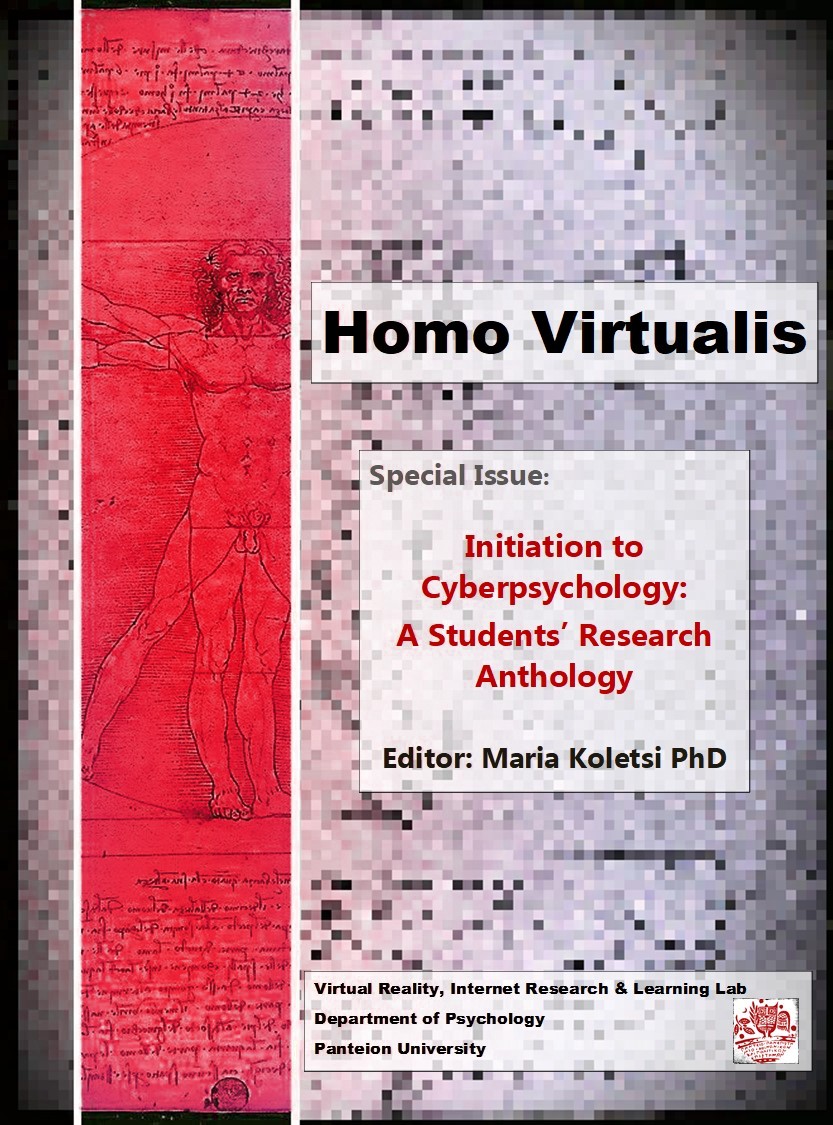The Use of Virtual Reality in the Science of Psychology
Abstract
With the evolution of technology, digital gaming became a more holistic and realistic experience that engages all senses. This novel capacity was seized by Psychological Science. The aim of this literature review was to describe some of the usages of Virtual Reality (VR), specifically in the domains of Developmental, Clinical, Social, Organizational, Athletic Psychology and Neuropsychology. Some of the findings were that VR can promote children’s socialization and self-control in the case of Developmental Psychology. Research on Clinical Psychology has shown that VRT contributes to phobia treatment and can help analyze negative self-image in individuals with eating disorders. In the area of Social Psychology, it can reduce prejudice and enhance prosocial behavior, by providing the ability to manipulate variables and achieving high experimental control and ecological validity. Furthermore, it can enhance employees’ productivity and help them cope with stress in Organizational Psychology and boost athletes’ motivation and decision making in Athletic Psychology. In Neuropsychology, VR gives the potential of early diagnosis and rehabilitation of neuropsychological complications of Traumatic Brain Injury, Brain Stroke, Parkinson’s Disease and facilitates the reduction of Autism Index. Overall, psychological research, diagnosis and treatment via VR seems so far to be a rich and promising field for further investigation that will possibly improve different people’s quality of life.
Article Details
- How to Cite
-
Lampathaki, N., Evangelou, M., Papageorgiou, M., Stefanidou Tsiavou, A., & Chomko , G. . (2022). The Use of Virtual Reality in the Science of Psychology. Homo Virtualis, 5(1), 166–187. https://doi.org/10.12681/homvir.30340
- Section
- Student Research

This work is licensed under a Creative Commons Attribution 4.0 International License.
Authors who publish with this journal agree to the following terms:
· Authors retain copyright and grant the journal right of first publication with the work simultaneously licensed under a Creative Commons Attribution License that allows others to share the work with an acknowledgement of the work's authorship and initial publication in this journal.
· Authors are able to enter into separate, additional contractual arrangements for the non-exclusive distribution of the journal's published version of the work (e.g. post it to an institutional repository or publish it in a book), with an acknowledgement of its initial publication in this journal.
· Authors are permitted and encouraged to post their work online (preferably in institutional repositories or on their website) prior to and during the submission process, as it can lead to productive exchanges, as well as earlier and greater citation of published work.



